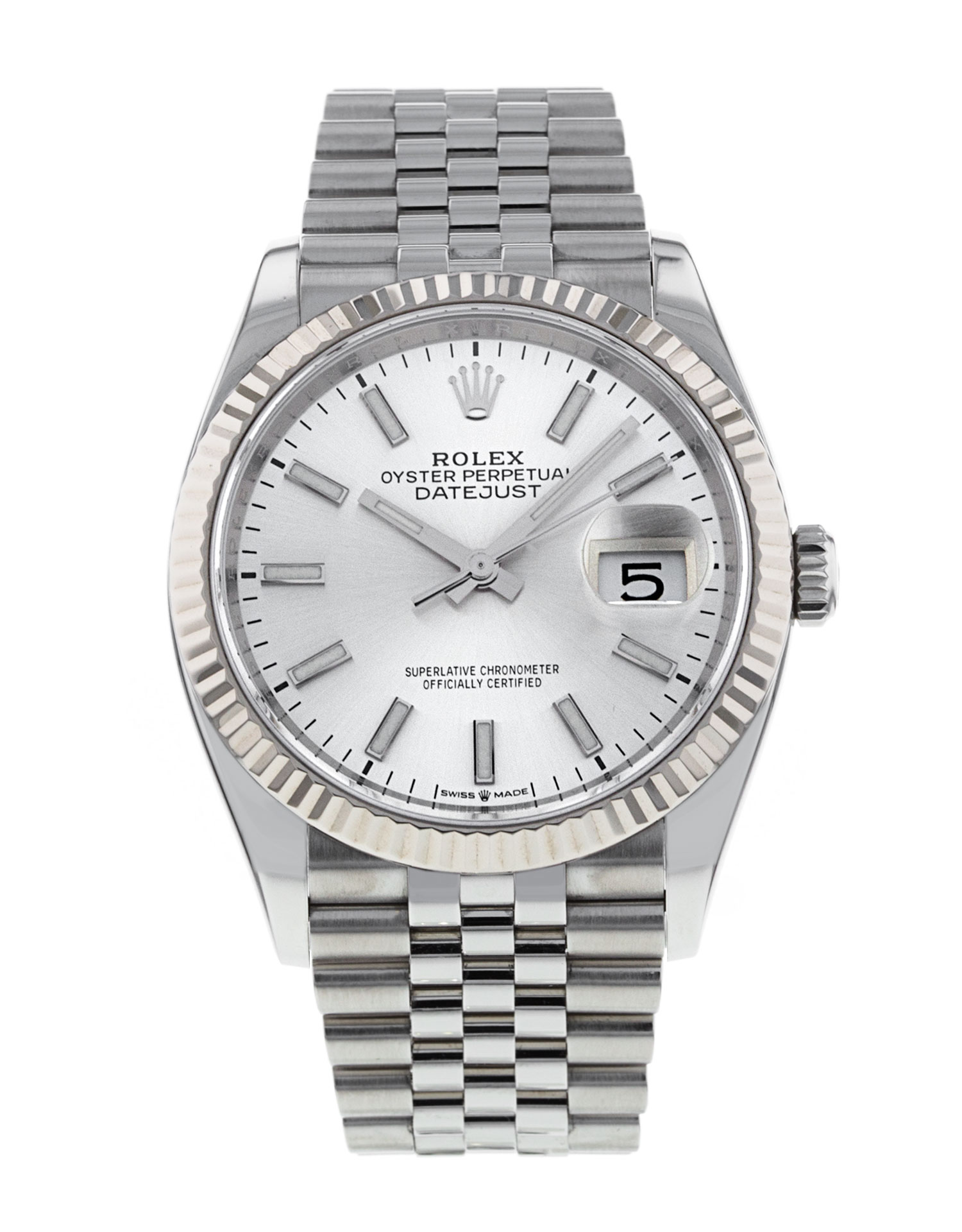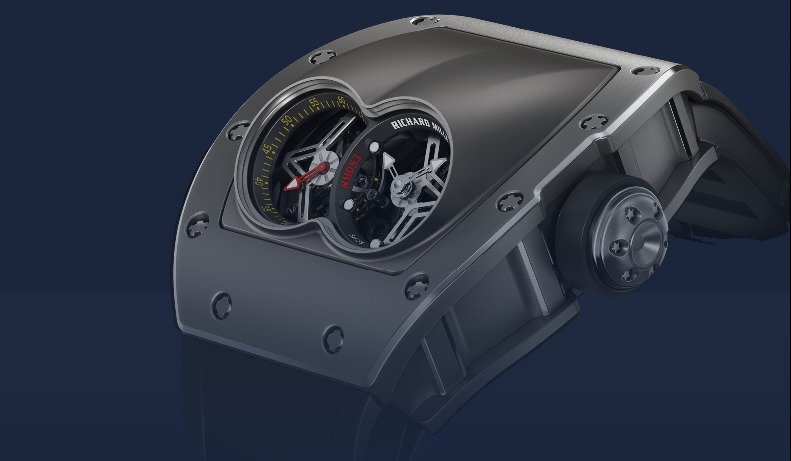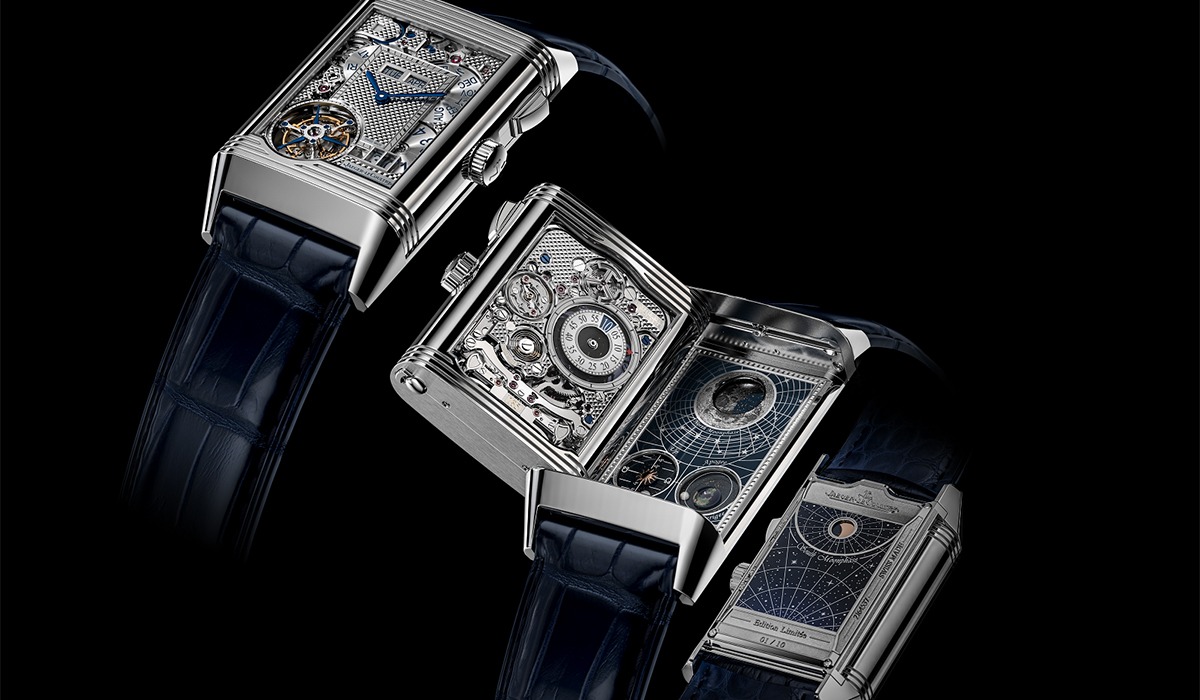The watch industry is not evenly distributed along the price spectrum, as would be expected, but luxury watches account for an average of 40% of global revenue every year. In 2021, watch sales totaled over $66 billion, with luxury watches clocking in at well over $26 billion in sales. But let’s dig a bit deeper to see the full picture, including what could define “luxury” in that context.
If we simply define luxury watches as anything priced over $3,000, this provides a baseline to work from. According to the Federation of the Swiss Watch Industry FH, which tracks the Swiss watch market, the total number of Swiss watches exported in 2021 was 15.73 million units. Out of these watches only 1.78 million were priced over $3,000, or roughly 11%. But looking at the value of those watches turns everything on its head.
The total value of exported watches was $21.2 billion, but that tiny 11% portion of luxury watches represented $15.5 billion, over 73% of the total value generated by these watches. This showcases that luxury must reign supreme, right? The easy answer is: Sure, at least in Switzerland. But that figure, once again, is missing a lot of information. Apple watches alone account for 15% of the total watch sales globally.

The Big Three
The Swatch Group, Richemont, and Rolex combined account for another 15%, meaning that the remaining 70% of the global watch market is taken up by everyone else. Granted there are dozens more luxury Swiss brands, as well as a handful of German, Japanese, and international independents that add up to the $26 billion total. But a massive number of watches are attainable, non-luxury pieces.
We know from the Swiss industry data that over half of the exported watches, over 8 million pieces, sold for less than $200, so it’s safe to assume that most watches sold globally are nothing extremely special. This leaves a large gap between the relatively cheap and the generally expensive watches, aka the “sweet spot” for microbrands.
More than numbers
Many would argue that looking at price alone doesn’t capture what a luxury watch is, that there is more to a luxury watch than just cost, to which I would agree. But I would raise the question, does being a “luxury watch” lend some ineffable value that cannot be had by watches of a lower price bracket? Is the perceived value tied exclusively to tangible aspects of the watch, or is the value derived from something else?

AnOrdain Plum Fume
There are many tangible aspects of luxury watches that increase the perceived value, ranging from precision, complexity, and quality materials to high-end finishing and whether it is handmade. But for those in the know, you can get nearly all those things to some degree (handmade watches aside) for less than $3,000 across the entire industry – just look to Nomos Glashütte as a prime example. So that means what makes a luxury watch must be more intangible.
Concepts like design and aesthetics, provenance, heritage, rarity; these are what many will cite when shelling out small fortunes for grail level luxury watches. But the same goes for these intangible concepts, all of them can be found in affordable timepieces as well when you really dig into it. So, what truly makes a luxury watch?
My argument is that it comes down to our good old friend, perceived value. There are of course watches that require hundreds of manhours of research and development, months of hand finishing and assembly, that use boat anchor amounts of precious metals that simply require very high prices to offset the practical cost of production. But a decent percentage of luxury watches are deemed “luxury” simply because of their perceived value.
Same tactics, bigger savings
Massive marketing efforts, from individual brands and the industry as a whole, have shifted watches from a required tool for the “everyman” to a status symbol of those that enjoy the finer things in life. It happened in the aftermath of the Quartz Crisis and strangely enough the industry is the better for it. It allowed higher end watches the ability to fund research, development, and expansion, while cheaper watches sold by the big brands tagged along on the idea of affordable luxury.

Autodromo Group B
Now, five decades after the industry feared its demise, 11% of the watches produced support 40% of the industry and have allowed smaller brands (i.e., non-corporate, independent, microbrands) the ability to build some truly great products thanks to the “luxury” infrastructure. A large portion of watch cases, dials, hands, and crystals for luxury watches are all produced by suppliers in China and/or Japan. That means that the best quality products are being mass manufactured and sold relatively in bulk, so the law of manufacturing states that this allows small brands to contract with the same companies to build their own components for relatively decent prices.
Microbrands take advantage of the system of production used by the big dogs to outsource less critical components and use it as a base for their own timepiece development. The same goes for movements. China has slowly developed extremely affordable mechanical movements that can be found in the bargain basement watches, but also have examples of mid-level quality movements and very recently have ventured into the high-end category for complex, and expensive, examples.

Farer Mansfield
Japan, on the other hand, has a long history of producing very high-quality movements, many on par with Swiss-made ETA movements, and producing them in such high numbers that they become very affordable alternatives to the Swiss movements. Finally, even Swiss manufacturers like ETA, Sellita, Soprod, Vaucher, and Schwarz-Ettiene offer movements that are used in high-end luxury watches just as much as in affordable watches by both big brands and small, independent microbrands.
Reality = Cooperation
Since technology has progressed so much and manufacturing capacity has grown to what it is today, small brands can make watches that are functionally indistinguishable from much more expensive luxury pieces. That brings us to the more intangible aspects: design, provenance, rarity. These used to be reserved exclusively for haute horology, but just like manufacturing became more accessible, so has design and rarity.

Massena Lab Luca Soprana
Microbrands such as Ming, Gorilla, and Massena Lab all have provenance in spades from their founders, partners, and collectors, design credentials to rival any other brand, and after a few years on the scene, have built a community that gives true collectors credentials to anyone sporting one of their pieces. But these three examples aren’t outliers, they are part and parcel of the microbrand movement that is coming in to fill in the value proposition between the very cheap and very expensive watches.
They aren’t competing with the big brands as much as joining them as a community, using the same infrastructure, and developing their own take on quality watches, and doing so at much more affordable prices. Sometimes being a very large brand has the drawback that you are big, slow, and unavoidably cautious. Small microbrands without massive overhead, marketing budgets, and production requirements can be more daring, inventive, and best of all, affordable.

Ming Monopusher
The big brands have affordable watches as well, and many are rightly considered some of the best buys in watchmaking. There are also small brands that have a century of history under the belt and have benefited from this recent expansion as well, improving their offerings along the way. But many people look at major manufacturers, small established independents, and the plethora of new microbrands and see only competition, or worse, a horological caste system separating quality watchmaking from the chaff.
That couldn’t be further from the truth, and based on pure numbers, 60% of global sales isn’t a small market segment to be investing in. While many brands will stay entirely upmarket and the luxury group-owned brands will fill their respective niche markets, the industry is seeing an explosion of small brands with growing collections to provide the average collector with more options than we could ever afford.
And that is the best part of collecting: knowing there is always something new, interesting, and attainable coming around the corner. So, can microbrands compete with the major players? Of course they can, but why compete when they can just do their own thing and that way, everybody wins.





